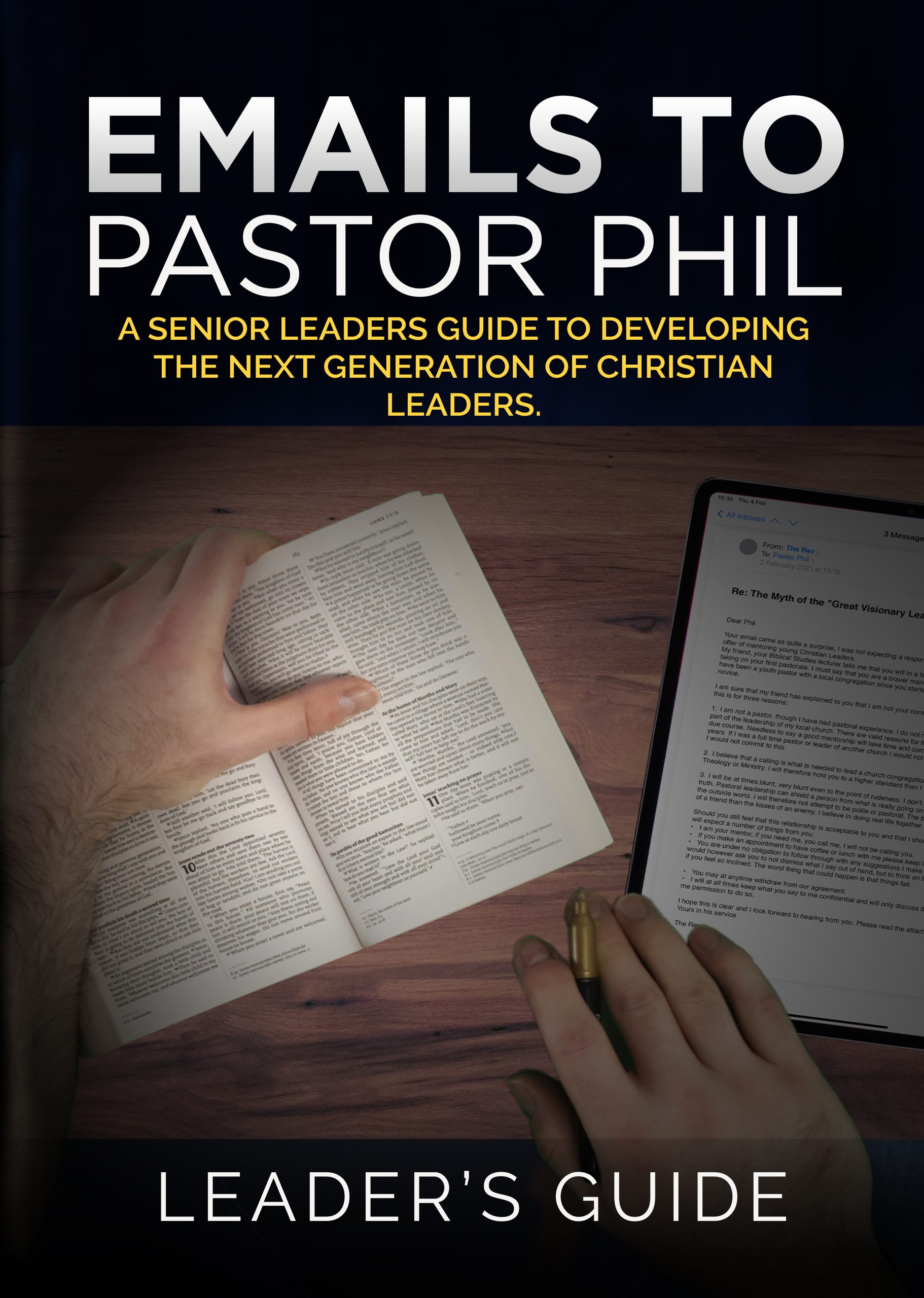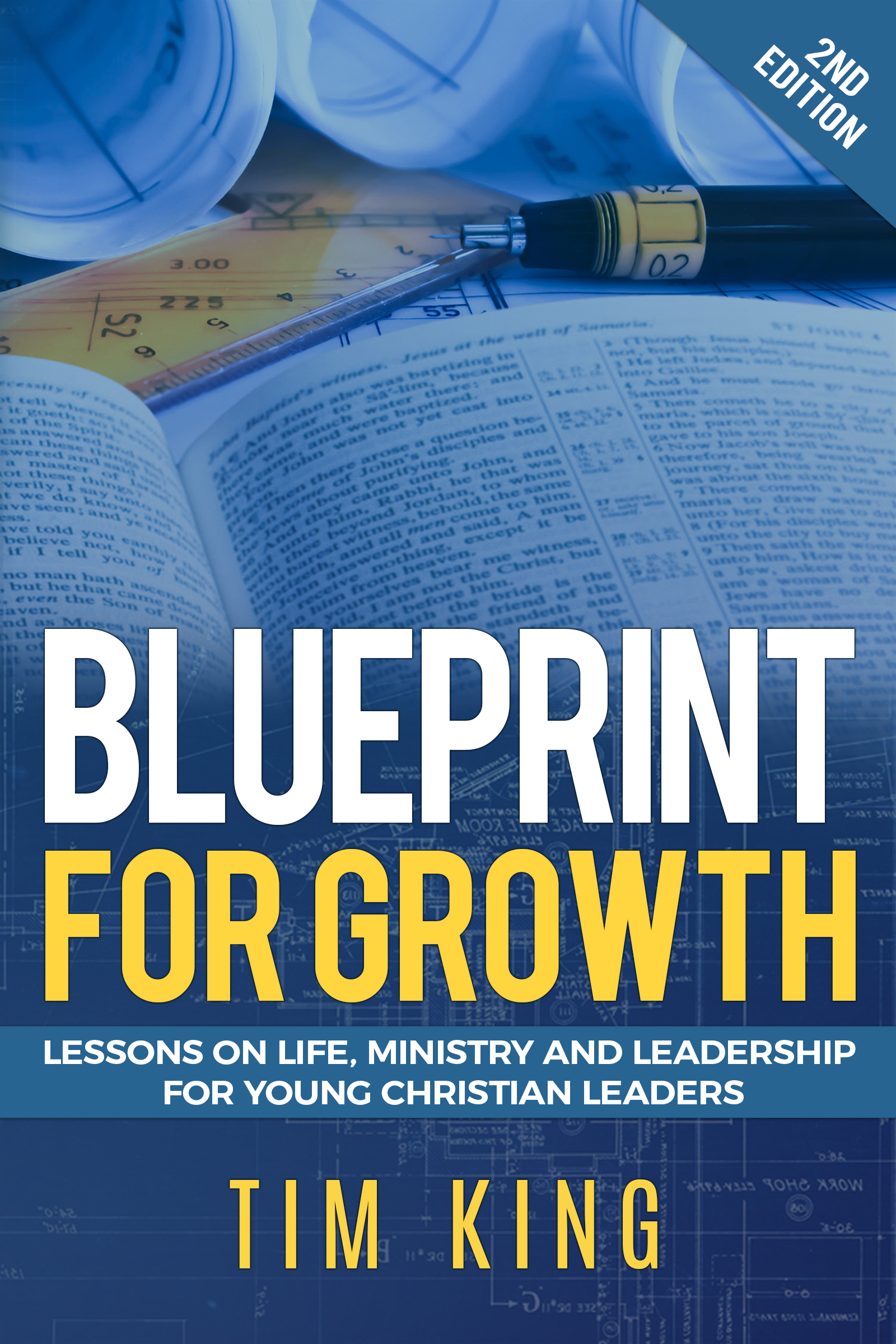Extract: Step Thirteen
Step Thirteen: Make Use of the Time-Out Bench
The best thing about the game of basketball, other than the fact that all the players are taller than I am, is that they have a time-out bench. During a game, if the coach sees a player lagging, the coach can take the player out of the game for a rest and send him back on the court later in the game. Equally, if the coach wishes to change tactics, he can swap a player on the court for one from the bench. The coach gets the best from his players throughout the game. Many sports have a substitution bench where players not called into the starting lineup wait for their opportunity to make a difference to the game.
In this chapter, we will explore the idea of having a time-out bench for the ministry leaders and volunteers in our churches. Church is not a sports game, and I am not saying it should resemble one (although one church I’ve been in recently did resemble a rugby match, but that’s another story!). However, I do believe the concept of taking time-outs could do us a lot of good. Sadly, I currently know of only one church successfully using the time-out bench concept……
How Does a Time-Out Bench Work?
First, if you are questioning whether or not God has told you to introduce a time out bench, it’s common sense—which God gave you to use; it’s also good pastoral practice—which he expects you to use! As a senior leader, you should have a strategy for resting your leaders (such as the time-out bench) as part of your core strategic plan. The value of rest is significant and should be nonnegotiable for you (remember, your values help you achieve your vision—which you will never achieve if your leaders are worn out). As was the case with the worship leader I spoke to, few people will actually go to their senior leader to say they are worn out. Often they fear being perceived as a “problem” or as less spiritual than expected. It’s the responsibility of the senior leader to be aware of how people are doing, to teach on the value of rest, and to appropriately communicate the church’s strategy concerning it—every leader at every level of leadership needs to know what to expect.
Here is how a time-out bench could operate:
- Ask tired and stale leaders to step down for a period of six weeks. They should attend services but sit in the congregation to receive instead of giving out. Only for more serious cases of burnout and stress would I suggest extending this time period to three months. For the most extreme cases you should revisit the issue at three months.
- All leaders should have someone as “second in command” to take charge during their time-out periods (communicate to both parties that this is not permanent). Communicate well from the start with everyone else the change may affect because doing so will ensure that any issues that may arise can be dealt with.
- The leader on time-out must not interfere during his or her period of rest.
- The leader should continue to attend the leadership training nights (monthly), but only return to other events and meetings after the six weeks.
- After six weeks, there is option to take more time off if either of you feel it necessary.
- It isn’t a good idea to go on the time-out bench for longer than three months. In this time, the “second in command” person will have begun to establish an identity and ethos in the department they running. It would be wrong to then expect this person to step aside, especially if they are doing a great job. However, as long as this person realizes that it is only a temporary arrangement, they will likely be happy to step aside when the time comes.
Checklist—How to Introduce a Time-Out Bench
- Discuss it with your leadership.
- If possible, make time-outs part of the church culture from the beginning.
- Communicate clearly to your leaders so they know what to expect.
- Communicate clearly during each time-out process to all involved.
Communicate to your leaders that the time-out is not about their ministry skills or their positions but is all about the kingdom of God
 Emails to Pastor Phil: Leader's Guide
Emails to Pastor Phil: Leader's Guide 



